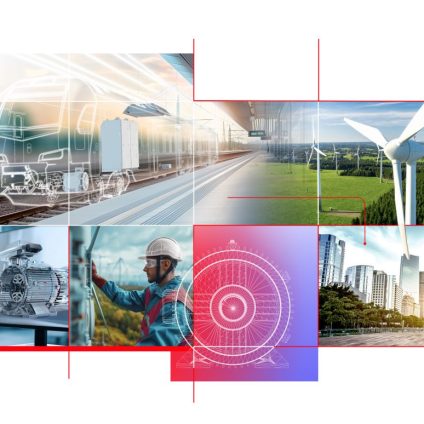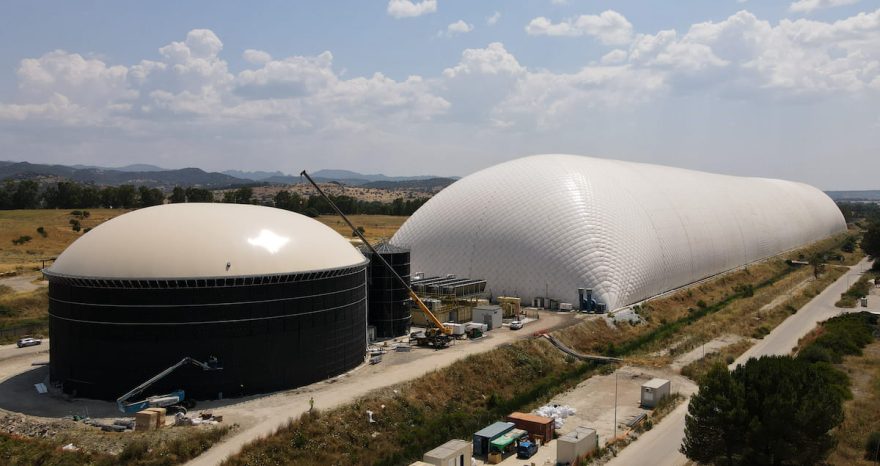The ABB whitepaper “Achieving the COP28 UAE Consensus – The Vital Role of High-Efficiency Motors and Drives in Increasing Net Energy and Reducing Global Emissions” calls for immediate action to boost industrial energy efficiency amid soaring global electricity demand.

High-efficiency motors and drives are critical for industrial energy efficiency
The ABB report outlines the challenge ahead for global industry and emphasizes the critical role that improving industrial energy performance plays in meeting energy needs, increasing security and affordability, and boosting competitiveness. Today, 45% of global electricity is consumed by electric motors, most of them in industrial settings, making efficiency in this sector a non-negotiable priority.
Released during the 10th Annual Global Conference on Energy Efficiency, organized by the International Energy Agency in Brussels on June 12–13, the whitepaper highlights the vast untapped potential for industrial energy savings. It outlines a set of priorities: accelerating the adoption of high-efficiency motors, pairing motors with drives, leveraging deep data from energy audits, and maximizing gains from digitalization and connectivity. The report also stresses the urgent need for greater investment and clearer regulations to enable the adoption of essential technologies that support the energy transition.
In 2024, global energy demand rose by 2.2%, well above the average of the past decade. Industry accounted for nearly 40% of this increase, and industrial electricity use grew by 4%. Despite this, efficiency improvements in motors and drives have been largely overlooked in favor of other clean energy solutions.
Within a structured action plan, ABB urges policymakers to enhance collaboration with the private sector. Public policies should incentivize efficient technologies through subsidies, tax breaks, and targeted incentives, especially given the rapid rise in energy use from data centers and AI workloads.
In the words of Erich Labuda, Division President, ABB Motion Services: “Across the globe, rising energy demand, climate pressure, and geopolitical tensions are converging and creating the urgent need to use energy smarter. Energy efficiency is one of the most powerful, but underused, tools we have to address these global challenges. It reduces emissions, strengthens energy security, and boosts industrial resilience – all with technologies that already exist. Today, we are proud to present a whitepaper that shows how we can return over 10% of energy capacity to the grid without spending trillions of dollars on new infrastructure.”
“Proven solutions like high-efficiency motors and drives are already producing double-digit energy savings. With payback times of just seven months, the effectiveness of these measures is clear. Now is the time to take the next step. Our whitepaper explains how, by doubling the annual rate of energy efficiency improvements to 4% through 2030, we could already achieve one-third of the emission reductions required for the Net Zero target, equivalent to the annual energy consumption of the entire country of China.”
“Energy efficiency is not an optional intervention, it is a critical step. Greater energy efficiency not only increases energy independence but also drives economic growth, making the adoption of these solutions a clear and sensible choice.”
The report quantifies the impact of energy efficiency technologies on industry, showing a rapid return on investment and more efficient long-term operations.
From November 2024 to May 2025, ABB reviewed over 10,500 motor-driven industrial systems. Of these, 5,900 were prioritized and assessed, identifying average energy savings of 43%, equivalent to around 941,000 MWh or the annual electricity consumption of 91,715 U.S. homes.
With over 300 million industrial electric motors currently in use worldwide, adopting modern high-efficiency technologies can significantly reduce energy consumption and CO₂ emissions. A wide range of solutions is available to deliver meaningful savings: IE3 motors can reach 96% efficiency, IE4 motors go beyond and reduce energy loss by an additional 15%, and IE5 motors are even more efficient, with 20% lower losses than IE4 models. Properly sizing motors for their respective industrial applications can further improve performance.
Even greater savings are possible with variable speed drives (VSDs), which optimize motor operation by adjusting speed and torque based on load requirements, typically reducing power consumption by 25%. Currently, only 25% of industrial motors use drives, so there is still wide potential to cut global energy use by 10% through broader adoption of high-efficiency motors and drives.
To read the full whitepaper, click here [LINK].












